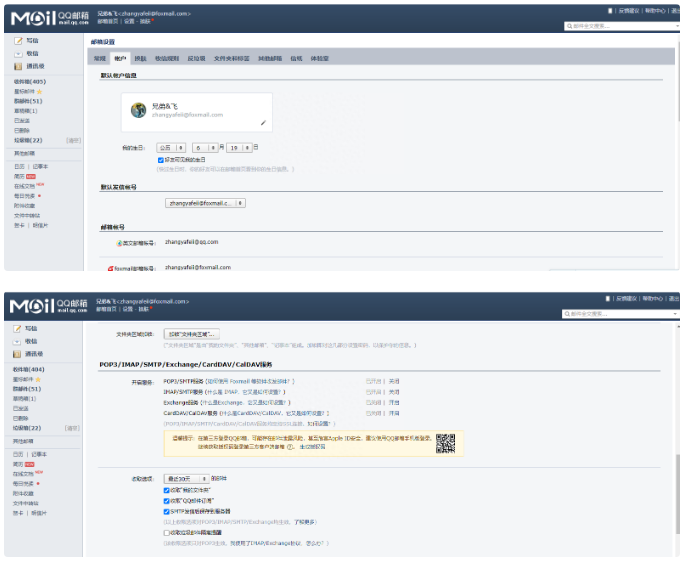Go语言实现延迟队列
2023-08-29 程序员技术成长之路
加入收藏
简单Go语言延迟队列思路:
package mAInimport ("fmt""time")// Message is a structure that holds the contents of the message.type Message struct {ID intBody stringDelay time.Duration}// delayMessageQueue holds the queue of messagestype delayMessageQueue struct {queue []Message}func (d *delayMessageQueue) send(msg Message) {go func() {timer := time.NewTimer(msg.Delay)<-timer.Cd.queue = Append(d.queue, msg)fmt.Printf("Message %d sentn", msg.ID)}()}func (d *delayMessageQueue) receive() {for {if len(d.queue) > 0 {msg := d.queue[0]fmt.Printf("Message %d received n", msg.ID)d.queue = d.queue[1:] // Dequeue}end}func main() {dmq := &delayMessageQueue{}dmq.send(Message{ID: 1, Body: "Hello, World", Delay: 2 * time.Second})dmq.send(Message{ID: 2, Body: "Hello, Go", Delay: 1 * time.Second})// Keep the main function alive to let goroutines finishtime.Sleep(5 * time.Second)dmq.receive()}
我们定义了一个消息结构,包含消息ID、消息内容和延迟。我们也定义了一个延迟消息队列,它有两个方法,一个发送消息,一个接收消息。
发送方法将消息放入一个goroutine中,然后用一个定时器等待指定的延迟时间。当定时器到达时,消息会添加到队列中。
接收方法将持续检查队列,一旦发现队列中有消息,就会打印消息内容并将其从队列中移除。通过time到达指定的时间然后进行发送。每个goroutine都有自己的定时器,这是非常低效的。实际上,我们应该使用一个最小堆维护所有的定时器,并且只有一个goroutine在阻塞等待最早的定时器。如果有更早的定时器插入,唤醒那个goroutine并阻塞等待新的最早的定时器。
进阶版本
其中所有延迟任务都由一个优先队列(最小堆)进行维护,取出最早到达的任务进行处理。我给出一个简版的示例,其他更多的细节如并发控制、错误处理等,您可以在实际开发中完善。
Go语言标准库container/heap提供了堆操作的实现,通过组合使用该包提供的heap.Push和heap.Pop,可以实现一个优先队列。
package mainimport ("container/heap""fmt""sync""time")// 优先队列内部维护的队列元素type Item struct {value stringpriority int64 // 延迟任务到期时间(用时间戳表示)index int // 队列元素在堆中的索引}// 优先队列:底层用最小堆实现type PriorityQueue []*Itemfunc (pq PriorityQueue) Len() int { return len(pq) }// 注意这里比较的是任务的优先级,为了让离当前时间最近的任务在堆顶,我们让比较结果颠倒func (pq PriorityQueue) Less(i, j int) bool {return pq[i].priority < pq[j].priority}func (pq PriorityQueue) Swap(i, j int) {pq[i], pq[j] = pq[j], pq[i]pq[i].index = ipq[j].index = j}// 插入元素func (pq *PriorityQueue) Push(x interface{}) {n := len(*pq)item := x.(*Item)item.index = n*pq = append(*pq, item)}// 删除元素func (pq *PriorityQueue) Pop() interface{} {old := *pqn := len(old)item := old[n-1]old[n-1] = nil // avoid memory leakitem.index = -1 // for safety*pq = old[0 : n-1]return item}var mutex sync.Mutex // 并发控制互斥锁// 设定好比cmpTime更晚的任务执行时间并加入堆func addTask(pq *PriorityQueue, cmpTime int64, diff int64) {mutex.Lock() // 加锁taskTime := cmpTime + diff*int64(time.Second)item := &Item{value: fmt.Sprintf("任务%d", taskTime),priority: taskTime,}heap.Push(pq, item)mutex.Unlock() // 解锁}// 从堆上取出时间最早的任务执行func doTask(pq *PriorityQueue) {for {mutex.Lock()if len(*pq) == 0 {mutex.Unlock()continue // 堆空则不处理}// 堆非空,取出最早任务项item := heap.Pop(pq).(*Item)now := time.Now().Unix()if item.priority-now > 0 {// 未到执行时间,任务重新入堆heap.Push(pq, item)} else {// 执行任务fmt.Printf("%s 执行n", item.value)}mutex.Unlock()// 防止doTask过于紧密,每次循环停顿1秒time.Sleep(1 * time.Second)}}func main() {pq := make(PriorityQueue, 0)heap.Init(&pq)// 启动执行任务goroutinego doTask(&pq)now := time.Now().Unix()// 预设3个延迟任务,延迟时间分别为8s, 2s, 5saddTask(&pq, now, 8)addTask(&pq, now, 2)addTask(&pq, now, 5)// 保持主进程time.Sleep(15 * time.Second)}
在这个实现中,我们创建一个优先队列(Priority Queue),优先级最高的任务(即最早执行的任务)总是位于堆的顶部,这样我们可以确保总是首先处理最早执行的任务。当新的任务到来或者任务完成时,我们都用heap.Push和heap.Pop重新调整堆以保证最早执行的任务总是在堆顶。
关于更详细的并发控制以及错误处理,这需要根据实际的业务需求进行对应的修改和处理。



























